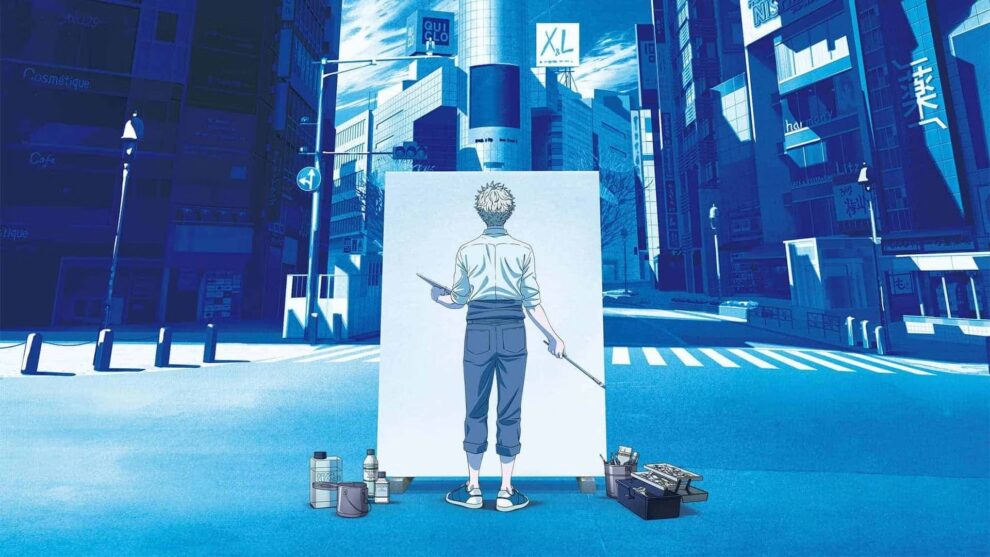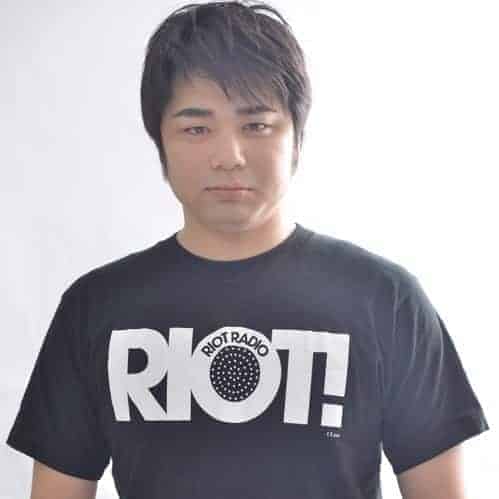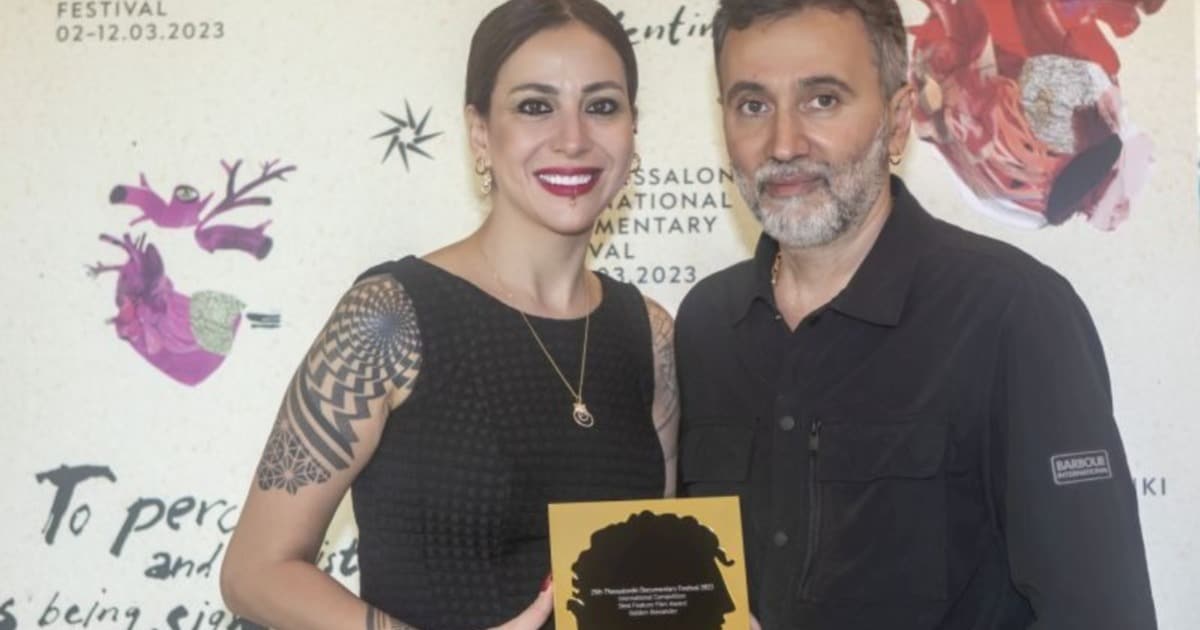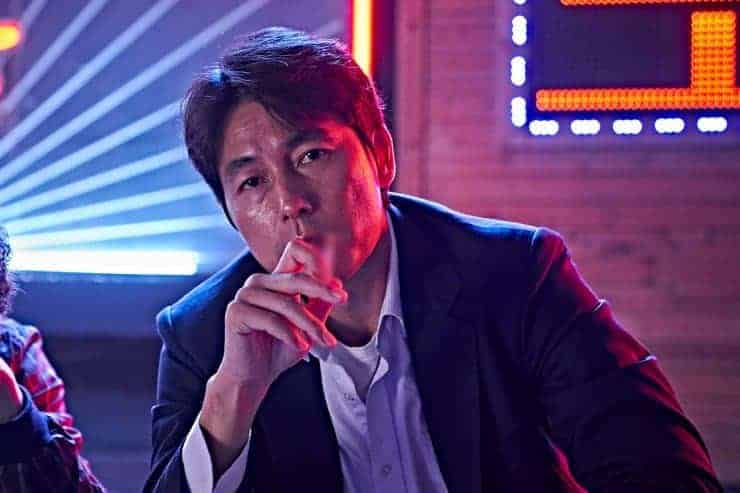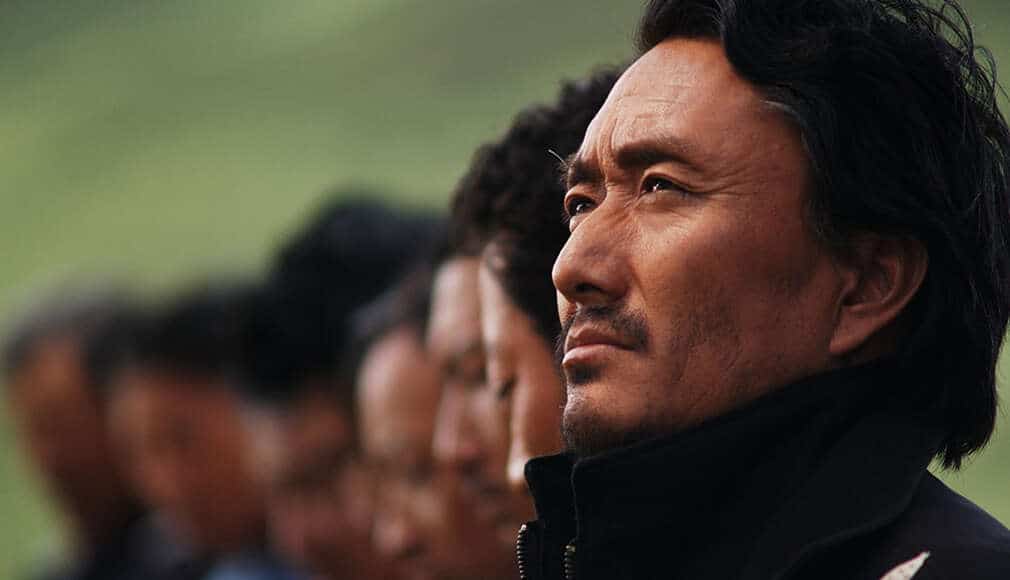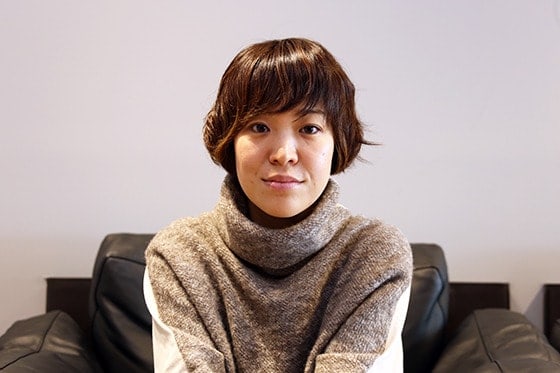by Antonio Danese
Tsubasa Yamaguchi, who graduated from the Tokyo University of Arts, is the first-class author of the manga “The Blue Period”. Starting in June 2017, Kodansha serialized the manga in Monthly Afternoon magazine, and eventually it was printed by Kodansha Comics and released in Fall 2020. After winning the 13th Manga Taisho award (the “Cartoon Grand Prize”) in March of 2020 and the 44th Annual Kodansha Manga Award in May of the same year, a seinen anime adaptation was released in Japan by Netflix. The series' script is written by Reiko Yoshida, and Ippei Inoue composed the soundtrack. The twelve episodes, produced in the studios of Seven Arcs and running from the 2nd of October until the 18th of December of 2021, had Koji Masunari as chief director and Katsuya Asano, who directed the anime at Seven Arcs, while Tomoyuki Shitaya designed the characters.
Click the image below to follow our Tribute to Netflix
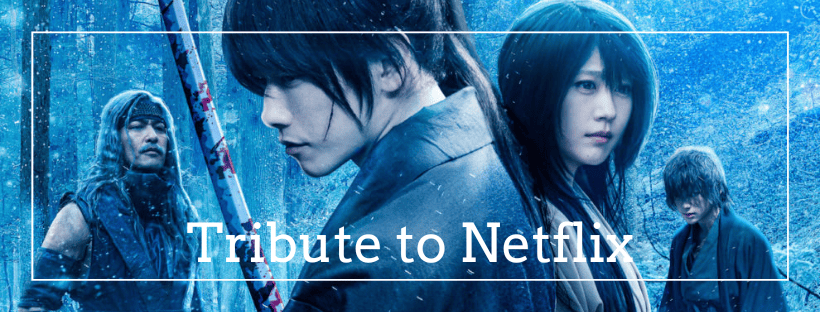
Even though the anime series is reinterpreting only a portion of the manga, the first season was successful, and in 2022, the Galaxy Theatre in Tokyo hosted a theater adaptation of Yamaguchi's work from the 25th of March to the 3rd of April.
Yatora Yaguchi is a brilliant high school student who, instead of asking himself what is truly important to him, takes care of what society values or disdains. However, thanks to his senpai Maru Mori, his art teacher Masako Saeki, and his friend Ryuji “Yuka” Ayukawa, he suddenly and unexpectedly discovers the joy of painting.
Making art allows Yatora to convey meanings he wasn't able to communicate through words, and he feels to be truly comprehended by his friends; therefore, he resolves to take the entrance examination to the Tokyo University of Arts GeiDai. He attends a preparatory school, where he meets teacher Mayu Oba, who sets her students to a lot of artistic exercises so that they confront their weaknesses and appeal to their assets in order to believe in their own art. The confrontation with other talented preparatory school students and the grueling practice will lead Yatora to strive for versatility, to face the fear of failure, and to share a path with the burden of solitude and frustration, which can easily compromise mental health.
Koji Masunari and Katsuya Asano direct a tactful anime that focuses on the intimate feelings of the characters, most of whom are going through the end of a long, tough school year, in which youthful exuberance is accompanied by fear but also by the desire to finally become adults.
The protagonist, Yatora Yaguchi, lives in a dimension of permanent altruism that directs him to weight his words and choose them carefully to please others, and now he finds himself living inauthentically. But one day, he bends his gaze to his senpai Mori's painting, and this meeting triggers an unexpected spark of attraction for art, which turns into a desire to paint. And this desire becomes so burning and steady that it lights up his life; painting becomes a vocation that steers his choices to come.
Becoming good at painting is one of the most difficult decisions he makes: why go to art school if there is no guarantee that he can make a living with it? And yet, despite his well-founded worries about his financial future, Yatora persuades himself that life becomes alive when he plucks up the courage to remain faithful to his desire.
Yatora meets two people who make their mark on his journey into art: the teacher of the art club Masako Saeki and the teacher at the preparatory school Mayu Oba. Saeki is wise and prods students into becoming very keen in what they like to do, and Oba spreads energy and humor throughout the scenes; they both take care of their students and read them through their artwork. But there is more: Oba and Saeki have a vital relationship with the knowledge that they teach; that's why they don't merely fill students with notions, but they turn painting into an object of desire for Yatora and make him a lover of art. In “Blue Period” the good teachers are those able to spark off the desire for knowledge.
The anime's calm and thoughtful pacing, chanted by the inner speeches of the characters, means that some concentration is required to keep one's bearings. Reiko Yoshida's script particularly focuses on the thoughts and feelings of characters in a constant state of anxiety for the entrance examination at the schools of art. Among them, Ryuji “Yuka” Ayukawa stands out for her charismatic attitude; she is a complex and fascinating character who, in the beginning, studies Japanese art because she doesn't want to fall short of her grandmother's expectations. But the courage and sensitivity that thoroughly inhabit her character enable the anime to focus on challenging the heteronormative prejudices of Japanese society.
If you like Blue Period, check also this video
Yatora Yaguchi is the character who shows a rapid psychological transformation, reflected in improvements in his art and relationships with friends and his mother. His actions acquaint the audience with the idea that art is not just painting and techniques: it's about capturing special or meaningful moments you want to convey; it's discovering again and expressing how you see the world and people's lives.
But Yatora becomes ripe when he overcomes the fear of expressing himself totally and completely, and this happens when he and Yuka paint inspired by the blue of the sea. Yatora decides to lay bare, look closely at his uncertainties, and show them in his art. He stops searching to hide his inadequacy and communicates what he really is; in this way, Yatora accepts art as a way of being.
Koji Masunari and Katsuya Asano deftly manage to meld two dimensions—a personal growth story and a path into the technical aspect of painting—into a coherent anime that is poignant. Moreover, “Blue Period” features pretty accurate and relatable scenes that come from Tsubasa Yamaguchi's student life: grading at the preparatory school is a recurring moment where students showcase their artwork alongside that of their classmates, irrespective of their artistic background or level. Those who studied art will remember how much they changed their perspectives and learned new skills by looking at other students' work, as well as the nervous tension or shock caused by advanced students' works of art.
The opening song “Everblue” is written and played by Omoinotake, and Ippei Inoue's beautiful and evocative soundtrack supports the rhythm of the scenes and gives depth to the inner speeches and dream-like atmosphere that surround Yaguchi when he is in an artistic trance.
“Blue Period” succeeds in showcasing the transformative power of art and stressing the importance of achieving our keen desires. This anime will bring back memories for any former art students, and it's captivating and easy to understand for those who chose a different path as well.


